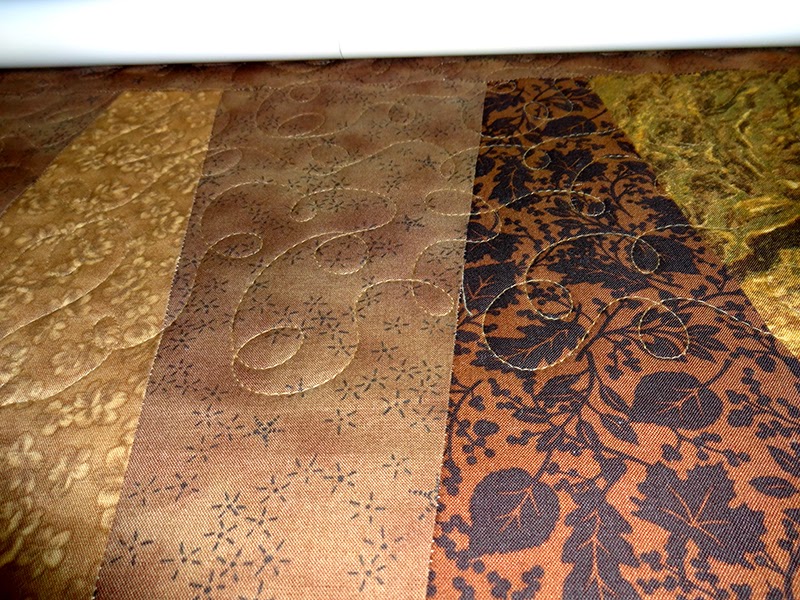 |
| Peg's new wool applique block |
If you're in a quilt shop it probably says 100 % cotton. There are some very good reasons for that. Cotton has always been the go-to fiber for quilters for a lot of reasons.
Cotton
- It's soft.
- It's washable.
- It dyes well and has great colors.
- It's hyper allergenic.
- It pieces well.
- It irons flat.
- It can be blocked a little.
 |
| From Winterberry Cabin |
- It has a fabulous texture
- It dyes well, but with different kinds of dye.
- It needles well for hand applique.
- It has a more raised feel and hand.
- It's extra warm and snugly.
- It can be blocked into shape.
Fabrics you want to avoid.
When you walk outside the quilt shop there are all kinds of other fibers that are not so user friendly. This isn't like they aren't pretty or that they have their own uses. They just don't respond well to quilting techniques or they don't wear well. Here's why.
Rayon
Rayon is made of tree bark. It's soft. It's pretty. But it's much too fragile to quilt with. And it sun fades very easily.
Test Tube Babies
Polyester and other test tube babies are not great quilting fabrics. They don't piece well and they are miserable to iron. And if they're mixed into a fiber blend, they still have the same issues. Do you remember the polyester double knit quilts of the 70's? Need I say more?
Lycra is a fiber that stretches. Great for sports wear. Miserable for quilting, as it has to be either stabilized or it will bounce along as you try to quilt on it.
So what happens if you find the perfect color or print and it's rayon. Or lycra? Or poly? You can use it. You can do anything that isn't illegal or deadly. But you deal with the limits and problems of those fibers for the whole life of that quilt. Did it fade? Rip? Sag? Pull out it's stitches? Cotton and wool are queen and king of the quilting world for very good reasons. They work, piece, applique, quilt and needle so much better.
How long does it take you to make a quilt? How long will that quilt be part of someone's world? No one can afford poor fabric choices. They're just too costly in the long run.
 |
| Sue Makinen's great pin cushion |
 |
| Our vintage wool collection |


















































